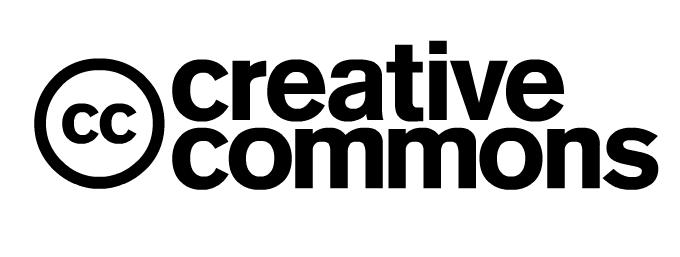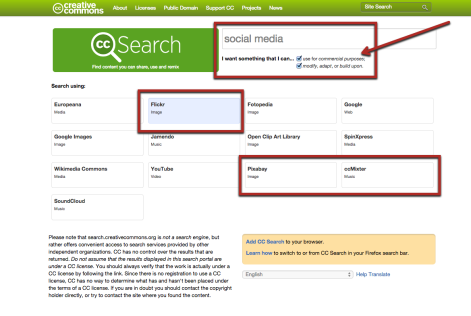This post first appeared on the BHS Help Desk Blog
Editor’s Note: Many teachers struggle to get their students to understand the complexities of Creative Commons. Today’s post, which originally appeared on the blog of BHS senior Dan Pais, removes the mystery for both students and teachers behind Creative Commons. It features an EXCELLENT, must watch, four-minute screencast and would serve as a meaningful homework assignment, or as the basis of a class discussion on how to properly cite digital media. Respecting the creative works of others is an integral part of digital citizenship and one that all teachers, regardless of content area or grade level, should teach. We hope you will take a few moments to read the post, watch the screencast, and share it with your students and teachers.
Editor’s Note: Many teachers struggle to get their students to understand the complexities of Creative Commons. Today’s post, which originally appeared on the blog of BHS senior Dan Pais, removes the mystery for both students and teachers behind Creative Commons. It features an EXCELLENT, must watch, four-minute screencast and would serve as a meaningful homework assignment, or as the basis of a class discussion on how to properly cite digital media. Respecting the creative works of others is an integral part of digital citizenship and one that all teachers, regardless of content area or grade level, should teach. We hope you will take a few moments to read the post, watch the screencast, and share it with your students and teachers.

As a digitally literate student, it is important to use media that is licensed for reuse and give credit to the sources from which you obtain information from. When students are asked to create a “works cited” page for papers or projects they are being asked to identify the sources they used to complete their research. Teachers want to ensure students are not plagiarizing. Most students have a clear understanding that it is wrong to plagiarize written bodies of work, however a much smaller group of students realizes the implications of reusing images, music, and videos for multi media projects and presentations. Digital media should be as respected as a primary source. The time, effort, and creative thinking that goes into the development of an image, piece music, or video should neverbe taken for granted. Learning to properly cite digital technologies is an important skill to learn in high school, as it will make college projects and assignments a breeze. In order to overcome the obstacle of simply copying and pasting images and various other media, it is easier to utilize free media, meaning that you do not have to give credit to the source (depending on the license). But where can you find such media? Well, the two most common ways are through Google and the Creative Commons website itself. Creative Commons licenses vary, and depending on which license is ascertained for the specified media, different restrictions may apply.
According to their website, “Creative Commons is a nonprofit organization that enables the sharing and use of creativity and knowledge through free legal tools.” This organization provides easy to use, copyright tools that give permission to share and use creative work. The screencast below will show you how to obtain licensed content directly through the Creative Commons website.
Once you have navigated to Creative Commons, click on “Licenses” and then click “Find Licensed Content”
Once you find your way to this page, type anything you want into the search tab and either select or deselect the extra options below the search bar to your specific needs. My screencast below will show you how to use Flickr, Pixabay, and ccMixter to obtain stellar media!
Remember that all images obtained through this site are free to use, and depending on the license, you may even be able to edit the media and use it for commercial purposes.
If you have any further questions or want to learn more about Creative Commons licensed media, you can find me at the BHS Help Desk during period 4. Stay tuned for future tutorials and screencasts, hope this helps!
Respecting and understanding copyright laws is just one aspect of being digitally literate. Click here to learn more about the fundamentals of digital literacy.



No comments:
Post a Comment